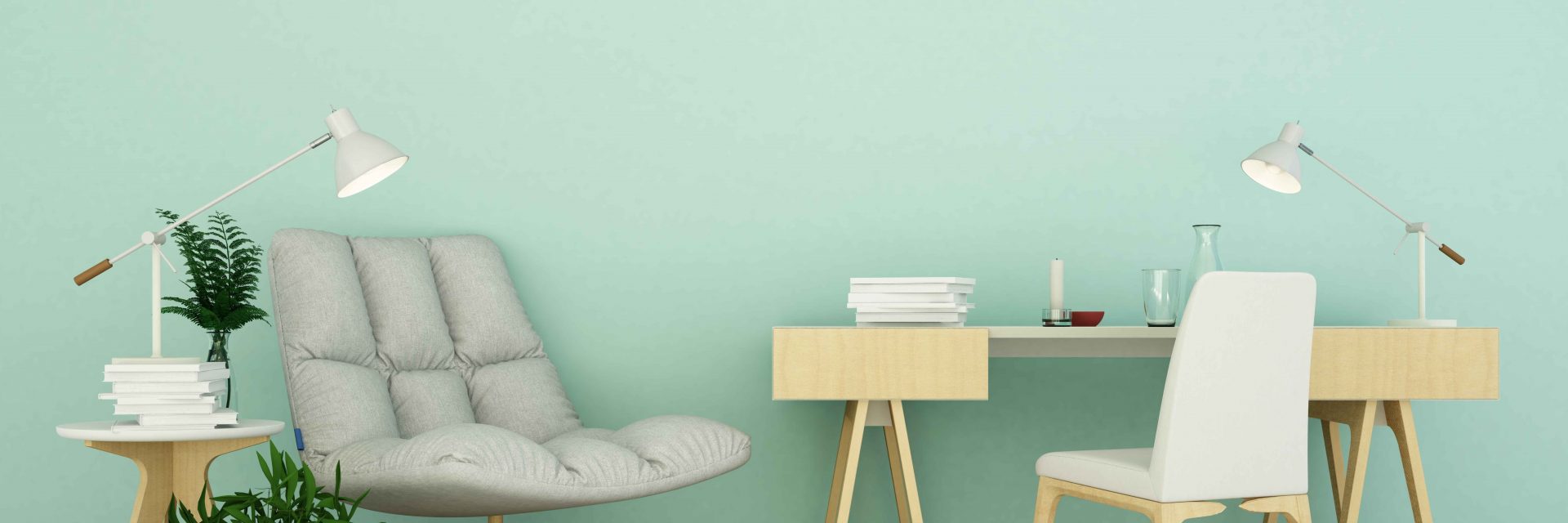Explore The Influence Of Seasonal Components On The Effectiveness Of Commercial External Paint And Identify The Optimum Times To Attain Long-Lasting Outcomes For Your Task
Explore The Influence Of Seasonal Components On The Effectiveness Of Commercial External Paint And Identify The Optimum Times To Attain Long-Lasting Outcomes For Your Task
Blog Article
Content Author-Leach Browne
When you're intending a business external painting task, seasonal aspects can make or damage your outcomes. You'll want to take into consideration exactly how temperature and moisture impact paint application and drying out times. Selecting the ideal season can ensure your paint sticks correctly and lasts much longer. Yet which periods are truly the best for this kind of job? Let's explore the key elements that can influence your project's success.
The Influence of Temperature on Paint Application
When you're planning a business external painting job, the temperature can considerably influence just how well the paint sticks and dries.
Preferably, you want to repaint when temperature levels range between 50 ° F and 85 ° F. If it's as well cool, the paint might not treat effectively, resulting in problems like peeling off or breaking.
On the other side, if it's too warm, the paint can dry too promptly, avoiding appropriate bond and causing an uneven finish.
You should additionally take into consideration the time of day; early morning or late afternoon uses cooler temperatures, which can be extra favorable.
Constantly examine the producer's referrals for the particular paint you're utilizing, as they commonly give advice on the excellent temperature level range for optimal results.
Moisture and Its Result on Drying Times
Temperature isn't the only environmental aspect that influences your commercial outside paint project; humidity plays a substantial role as well. Look At This can reduce drying times dramatically, influencing the overall top quality of your paint task.
When the air is filled with moisture, the paint takes longer to heal, which can result in issues like poor adhesion and a higher risk of mildew growth. If you're painting on a particularly damp day, be planned for extensive wait times in between layers.
It's essential to check regional climate condition and strategy as necessary. Ideally, aim for moisture levels between 40% and 70% for optimal drying.
Maintaining these factors in mind guarantees your job stays on track and supplies a long lasting coating.
Best Seasons for Commercial Outside Painting Projects
What's the best season for your industrial external paint projects?
https://www.realtor.com/advice/home-improvement/home-painting-hacks/ and very early fall are commonly your best bets. Throughout these seasons, temperature levels are light, and humidity degrees are frequently lower, producing excellent conditions for paint application and drying out.
Avoid summer's intense heat, which can create paint to dry too swiftly, bring about bad attachment and coating. Likewise, wintertime's cool temperatures can prevent appropriate drying out and treating, risking the durability of your paint job.
Aim for days with temperatures in between 50 ° F and 85 ° F for optimum outcomes. Keep in mind to inspect the neighborhood weather report for rain, as damp conditions can wreck your job.
Planning around these elements guarantees your painting project runs smoothly and lasts much longer.
Final thought
Finally, intending your commercial external painting tasks around seasonal factors to consider can make a considerable difference in the end result. By organizing job throughout the excellent temperatures and moisture levels, you'll make sure better adhesion and drying out times. Remember to watch on regional weather forecasts and select the correct time of year-- spring and very early fall are your best choices. Taking these steps will aid you achieve a sturdy and specialist coating that lasts.
